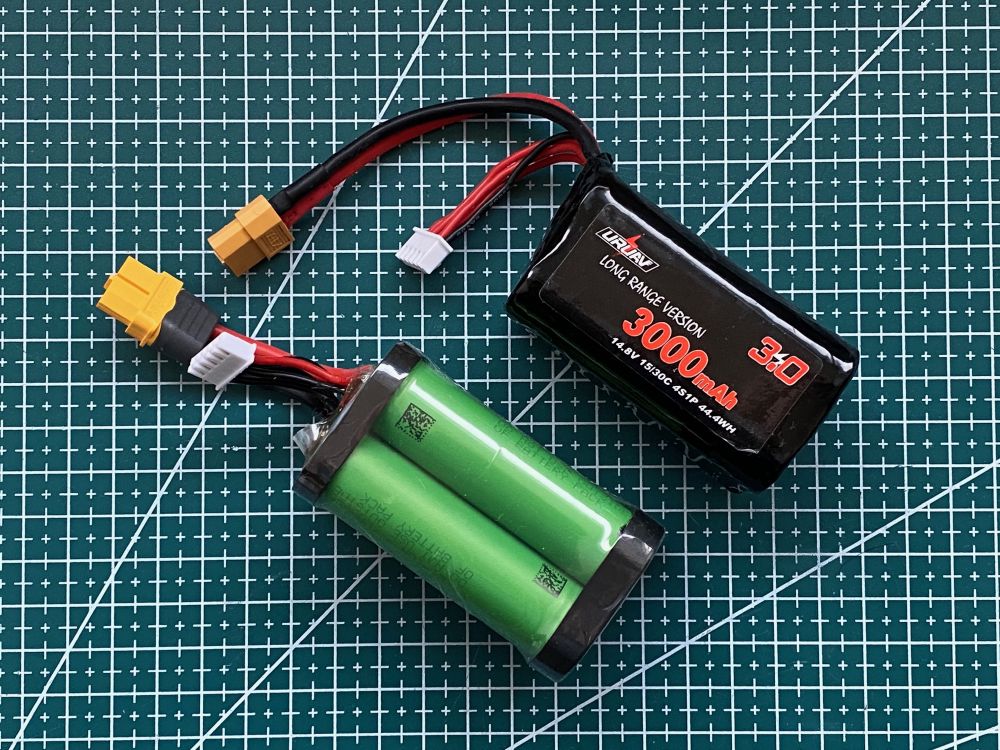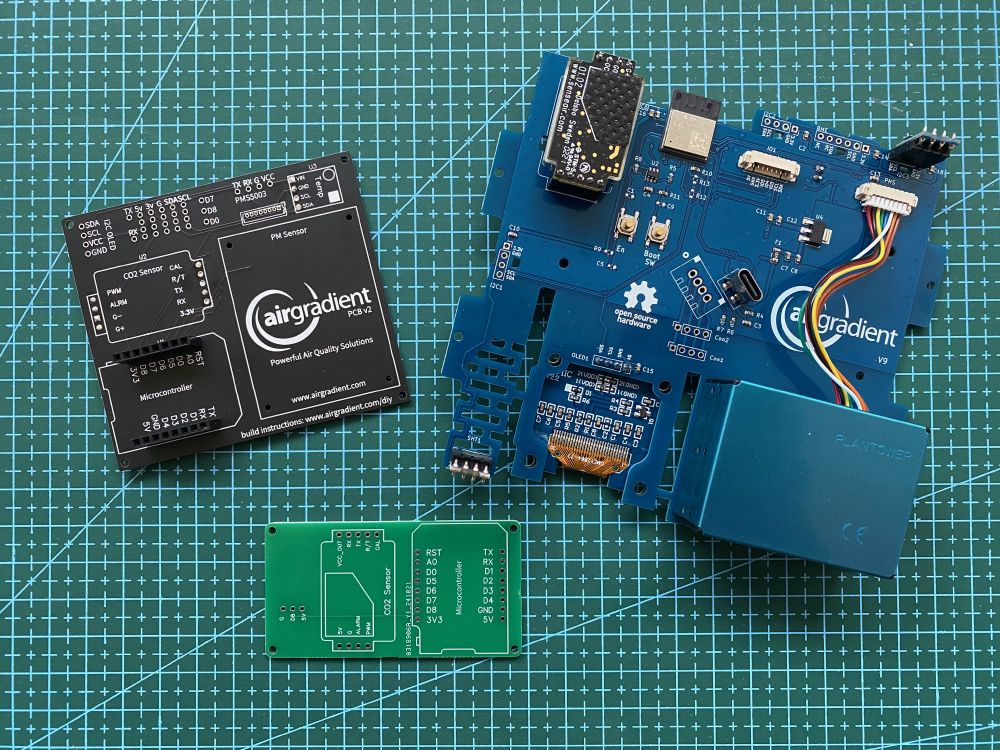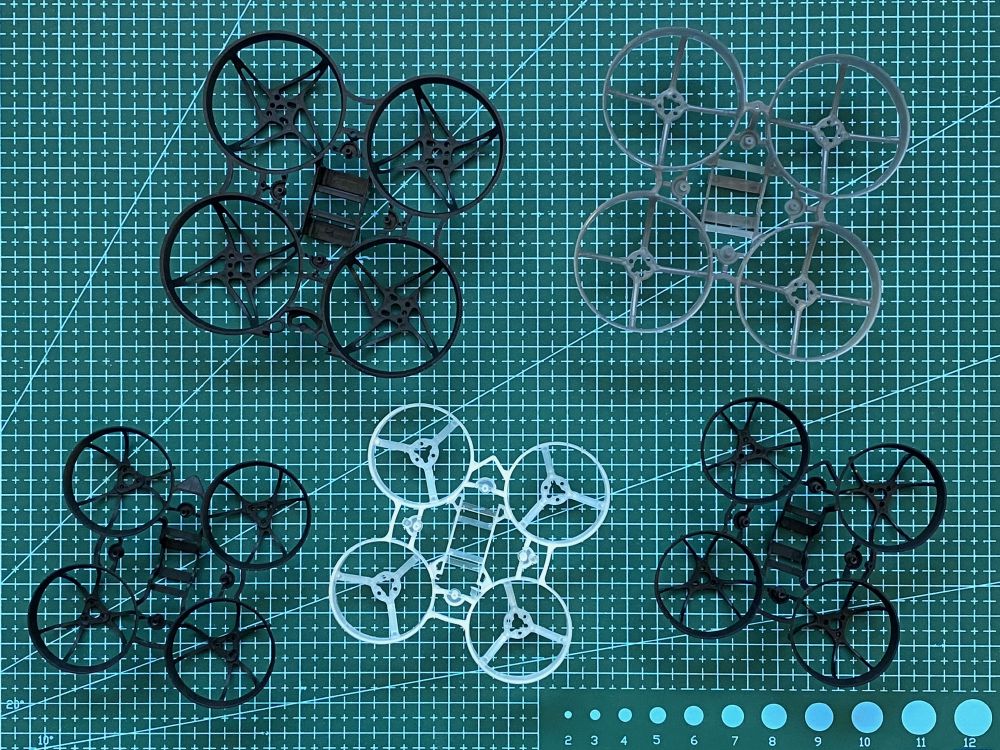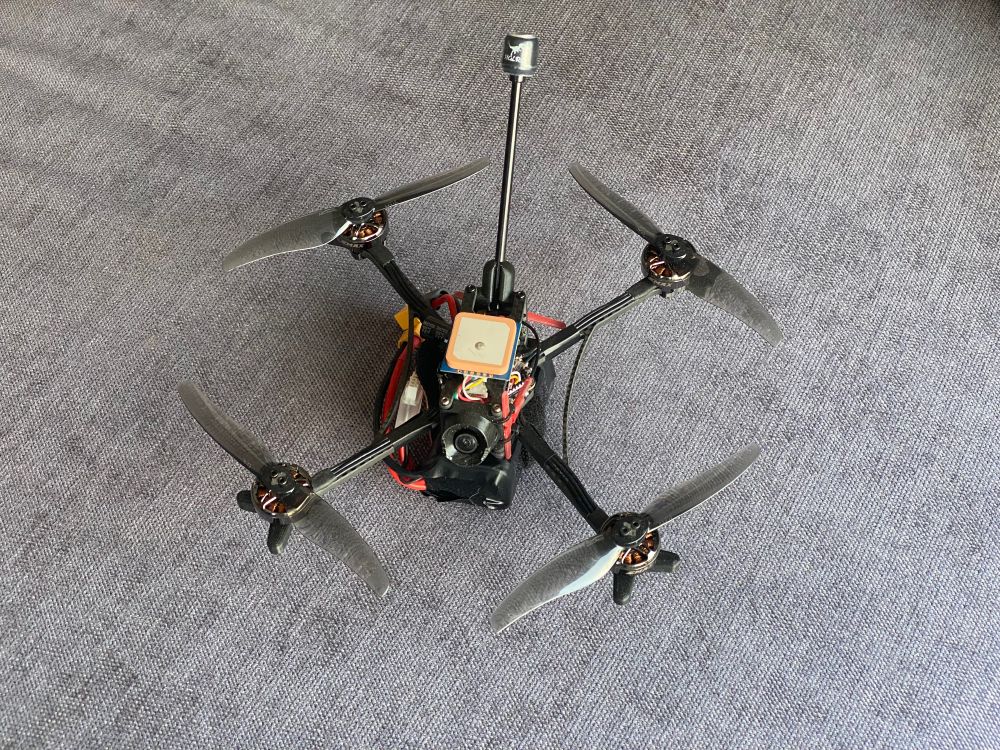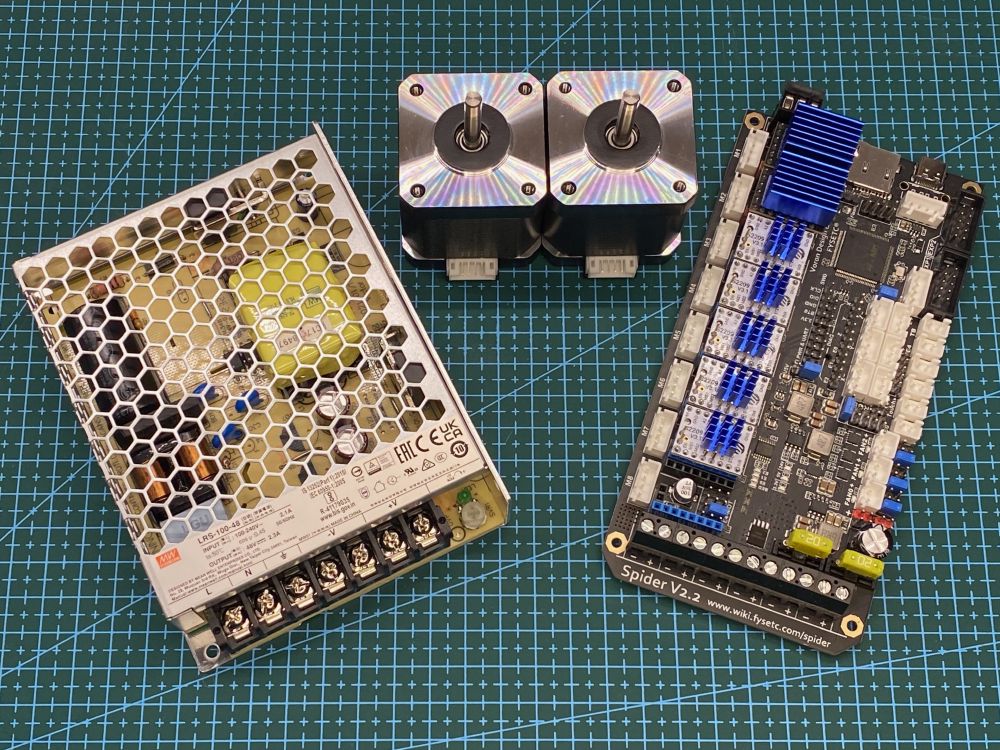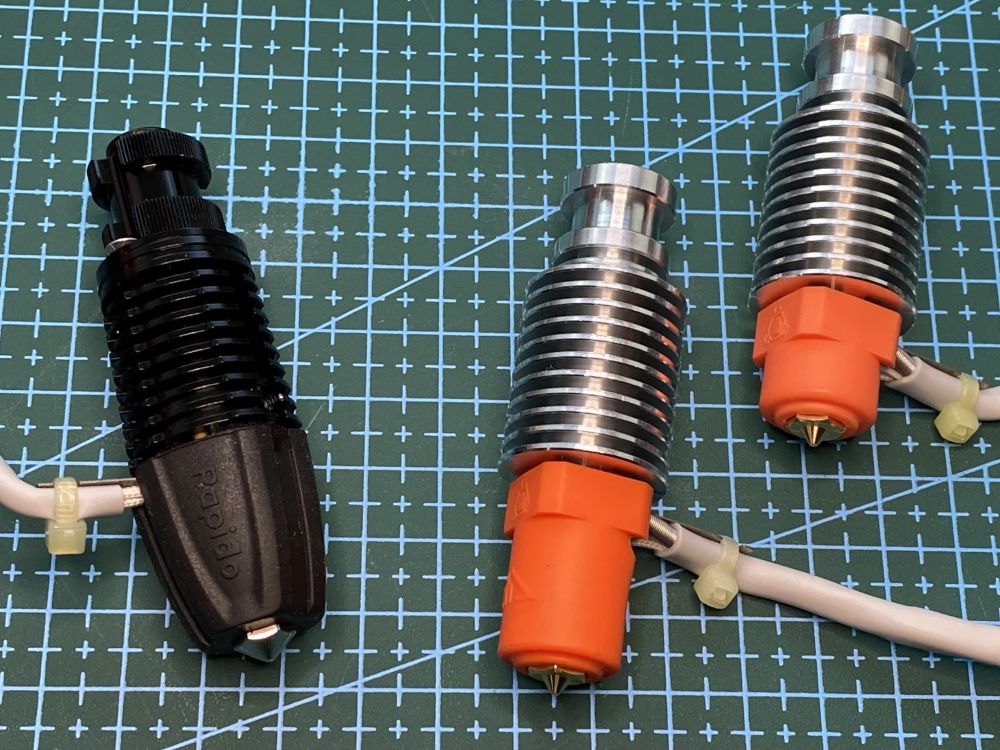Building a 10" long range FPV drone

A year ago I built an ultra light 5" long range drone (read about it here) which in the end didn’t quite meet my expectations. My main conclusion was that size really matters when building long range quads and this winter I will be working on a 10" drone.
Continue reading